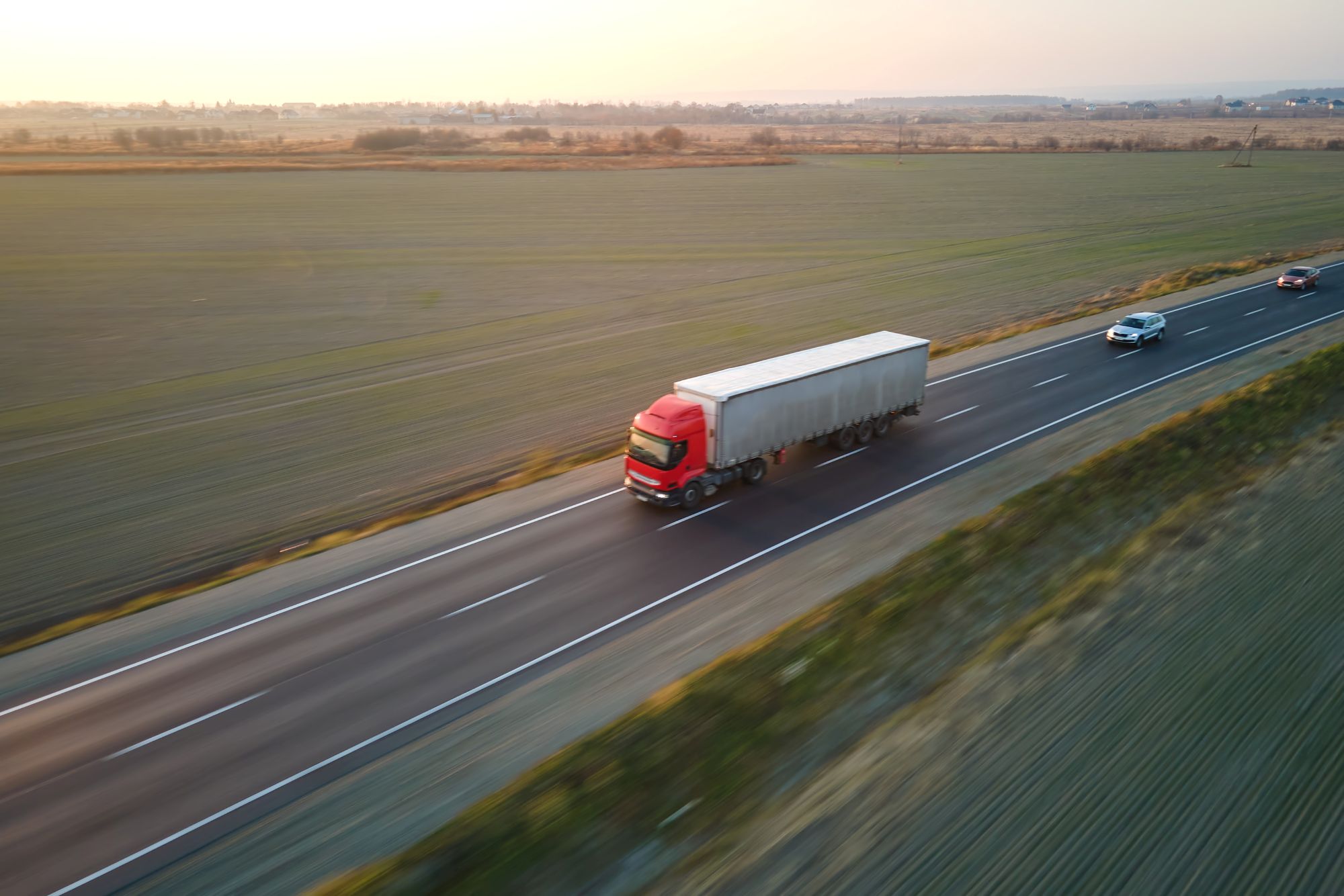
Susie Jones
Ce înseamnă extinderea căii ferate Inverness pentru industria mobilității?
Creat: 07.07.2025
•
Actualizat: 07.07.2025
În iunie, s-a dat undă verde planurilor de reducere a traficului de vehicule grele de marfă în favoarea transportului feroviar de marfă la "fabrica de nori" (West Fraser Wood Panel Manufacturing) de lângă Inverness. Extinderea va elimina [40.000 de vehicule grele] (https://www.pressandjournal.co.uk/fp/news/inverness/6782240/inverness-timber-factory-railyard-expansion/#:~:text=Plans%20to%20ease%20lorry%20traffic,site%20in%20the%20coming%20years.) de pe A96 în fiecare an. Analizăm impactul pe care acest lucru îl va avea asupra industriei de transport.
Care sunt planurile?
Planurile vor fi realizate în două etape, ambele urmând să extindă serviciile de transport feroviar de marfă pentru a crea un viitor operațional durabil.
Prima fază va fi finalizată până anul viitor și va duce la eliminarea anuală a 20 000 de vehicule grele de marfă de pe șosele.
Faza a doua vizează eliminarea a 40 000 de vehicule grele, echivalentul a 60% din traficul actual de vehicule grele în fiecare an. Această fază va fi finalizată până în 2028.
Extinderea ulterioară a fazei a doua va permite altor companii din jurul orașului Inverness să utilizeze instalațiile feroviare pentru transportul de marfă.
Reducerea transportului rutier de marfă
Datorită extinderii transportului feroviar de marfă, industria va observa, fără îndoială, o reducere a transportului rutier de marfă către această zonă. Schimbările echivalează cu aproximativ [54 de deplasări cu camionul mai puțin pe zi] (https://www.reddit.com/r/Scotland/comments/1diopz7/invernessshirewoodpanelmanufacturerplans_to/), reducând presiunea asupra A96.
Deși firmele de transport vor înregistra o scădere a cererii de transport cu camioane de lemn pe distanțe lungi, acestea vor înregistra o creștere a numărului de transporturi HGV pe distanțe mai scurte, pe ultimul kilometru, cum ar fi colectarea lemnului pentru transportul către șantierul feroviar. Sectorul poate înregistra, de asemenea, o creștere a rolurilor din domeniul logisticii feroviare, cum ar fi coordonarea încărcării între camioane și trenuri.
O industrie mai ecologică
În 2022, 1,64 miliarde de tone de mărfuri au fost transportate cu vehicule grele de marfă în Regatul Unit, implicând aproximativ 156 de milioane de călătorii cu vehicule grele de marfă. Sectorul mobilității a fost mult timp una dintre cele mai mari surse de emisii de gaze cu efect de seră din Uniunea Europeană. În 2022, acesta a emis 73,2% din emisiile de gaze cu efect de seră din sectorul transporturilor din Europa. În ciuda acestei cifre ridicate, industria a înregistrat progrese lente în reducerea emisiilor sale. Se preconizează că trecerea la transportul feroviar la "Cloud Factory" va reduce aproximativ 9 000 de tone de emisii de CO2 anual. Un pas mic, deși important, în direcția cea bună pentru a ajuta la tranziția sectorului către zero emisii nete până în 2050.

Ce înseamnă acest lucru pentru industria de transporturi?
Deși mulți ar putea vedea această schimbare ca fiind negativă, industria de transport ar putea beneficia de ea.
Servicii de la șosea la calea ferată:
Mărfurile vor trebui în continuare transportate de la rețeaua rutieră la cea feroviară - aceasta reprezintă o nouă oportunitate pentru transportatori de a oferi acest serviciu specializat. În zonă, companiile de transport ar putea gestiona livrările de lemn și mărfurile intermodale.
West Fraser însuși a estimat că schimbarea va duce probabil la o creștere a numărului de vehicule grele de transport către și de la amplasament.
Adaptați-vă și investiți:
Pe măsură ce industria se îndreaptă către o mai mare integrare feroviară, firmele de transport trebuie să se adapteze rapid și să investească mai mult.
Flotele vor trece de la camioanele de exploatare forestieră pe distanțe lungi la cursele specializate pe distanțe scurte.
Investiția în echipamente specializate poate fi esențială pentru încărcarea containerelor.
Parteneriatele cu operatorii feroviari și administratorii triajelor ar putea avea un impact pozitiv asupra companiilor de transport.
Căutați parcare lângă Inverness?
SNAP oferă locuri de parcare în toată Marea Britanie și Europa. Folosiți harta SNAP sau descărcați intruck pentru a vă găsi un loc astăzi.



